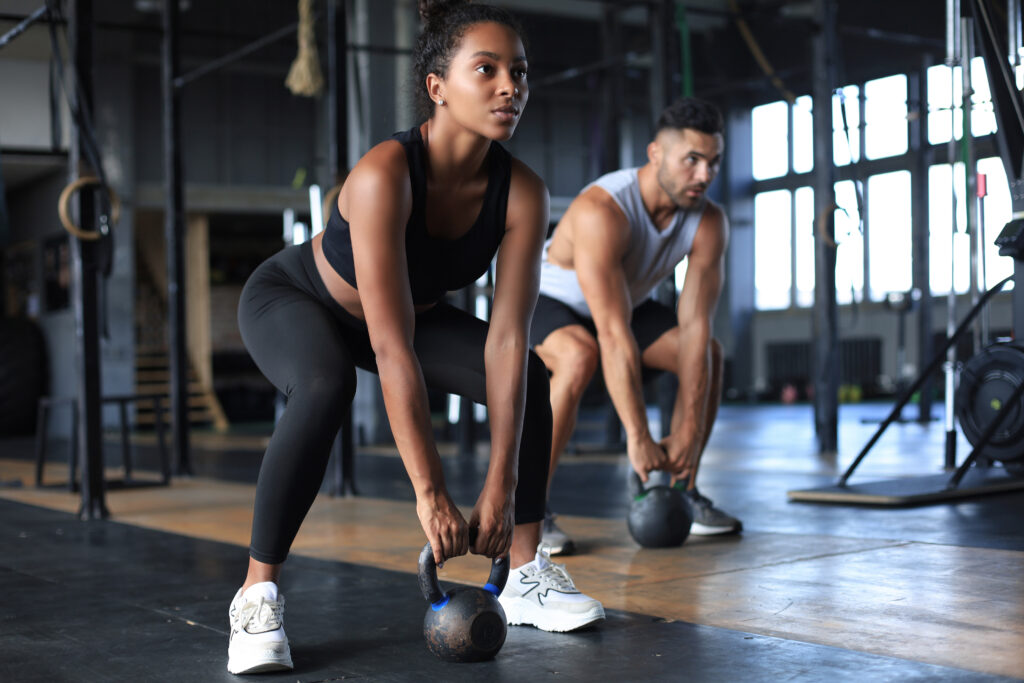The Basics of Progressive Overload
Progressive overload is a fundamental principle in resistance training that facilitates continual muscle growth and strength gains. It involves the steady increase of physical demands placed on the body to stimulate adaptation. This can be achieved by adjusting weight, volume (sets x reps), frequency, or intensity over time. According to the ACSM’s Health & Fitness Journal, progression is key to advancing training outcomes for both hypertrophy and performance goals.
Failing to apply progressive overload leads to plateaus, where the body no longer adapts because the training stimulus has become too repetitive or insufficient in intensity (NCBI). To combat stagnation, using tools like the Jefit app allows for dynamic tracking and ensures your training evolves over time. Incorporating this concept helps break monotony and keeps athlete motivation high, as noted in this guide to workout consistency.
Understanding Progressive Overload with Limited Equipment
You don’t need a fully equipped gym to reap the benefits of progressive overload. Even with minimal gear, meaningful results are achievable by altering reps, rest periods, exercise angles, and sets. For example, increasing your reps weekly with the same dumbbell or shortening rest intervals can be a powerful driver of intensity (NSCA Journal).
Research supports the effectiveness of minimal-equipment training; one study showed that calisthenic bodyweight exercises can build muscle mass and strength similarly to traditional equipment-based workouts (Medicine & Science in Sports & Exercise).
Tracking incremental gains, whether adjusting rep counts or refining form, is easy with the Jefit app. Read more on at-home workout efficiency to leverage what you already have and stay consistent.
Actionable Strategies for Implementation
To apply progressive overload consistently, start modifying your routine with specific techniques: adjust the order of exercises, change angles (like decline push-ups instead of standard), reduce rest time, or integrate new movements altogether. For example, unilateral training—like single-leg squats—doubles your training intensity by having each limb support your full body weight, maximizing engagement and correcting imbalances (NCBI).
Combining bodyweight techniques with periodized structure offers both consistency and variety. These methods not only help overcome equipment limitations but also enhance functional strength and improve joint stability. According to PubMed, such variations often outperform traditional training when it comes to developing balanced muscularity.
If you’re wondering how to begin, check out Jefit’s popular routines designed to easily incorporate strategies into structured templates that evolve with your fitness level.
Tracking Progress with Jefit
Effective overload training relies heavily on accurate tracking. The Jefit app provides a detailed dashboard to log and visualize weight lifted, volume per workout, and rep performance. This helps you analyze your progression curves and adjust accordingly, preventing training stagnation and overexertion.
Unlike traditional pen-and-paper logs, Jefit’s digital system automatically syncs workout data across devices and displays charts to help you make smarter decisions about when to increase load or deload. You’ll also find built-in reminders that help ensure your recovery needs are met while keeping consistency intact.
Notably, Jefit’s progress tracking has even been highlighted in this breakdown of Jefit’s fitness assessment tools, reinforcing how visualization can fuel motivation and long-term success.
Avoiding Pitfalls and Ensuring Proper Recovery
Progressive overload can become counterproductive if not paired with adequate rest and programming. Increasing load too quickly is a common mistake and may lead to injuries. Instead, experts recommend increasing the load by just 2–5% per week or alternating overload through added reps or reduced rest (NCBI).
Structured approaches like linear or undulating periodization provide better fatigue management than unplanned “intuitive” training. These methods incorporate recovery weeks intentionally, as highlighted in this BarBend guide.
Incorporate recovery strategies like active rest, deload weeks, and stress-reducing exercises, especially after intense blocks of training. Learn about more methods in our article on stress-relieving exercises to support your ongoing training safely.
Start Your Progressive Overload Journey with Jefit
Starting your overload journey with Jefit is straightforward. Begin by creating your profile, setting fitness goals, and exploring the library of pre-made routines that incorporate progressive overload principles. Whether training with free weights, machines, or bodyweight, Jefit tailors the experience to your equipment and preferences.
The app tracks not only resistance metrics but also your progression in alternative modalities like bands or unilateral training. It also supplies real-time feedback, suggests adjustments, and offers a seamless user experience especially suitable for beginners who may find pen-and-paper workouts cumbersome.
With features that align with all overload strategies—be it intensity, reps, or frequency—Jefit is invaluable. For continued growth and smarter planning, we recommend reviewing this article on why results improve when workouts are planned and tracked.
Sources
- BarBend – Progressive Overload Guide
- ACSM’s Health & Fitness Journal – Progression Models in Resistance Training
- Medicine & Science in Sports & Exercise – Effects of Body Weight Exercise vs. Traditional Training
- NSCA Journal – Effect of Managerial Level on Plyometric Exercises
- Jefit – How to Track Progressive Overload in Jefit
- Jefit Blog – Best Stress Relieving Exercises
- Jefit Blog – Jefit Assessment as a Motivational Tool
- Jefit Blog – Popular Jefit Strength Training Routines
- Jefit Blog – Keep Workouts Consistent with a Workout Scheduler
- Jefit Blog – Best Home Exercises to Start Doing
- NCBI – Progressive Overload and Training Recommendations
- NCBI – Unilateral vs. Bilateral Training Effects
- NCBI – Bodyweight Training Interventions for Muscle Strength
- NCBI – Overtraining and Plateauing in Resistance Training
- PubMed – Benefits of Bodyweight and Unilateral Training
- Best Gym Workout Tracker Apps Of 2026: Top 5 Reviewed And Compared For Every Fitness Goal - December 9, 2025
- Best Progressive Overload Apps For Beginners In 2026: Top 5 Reviewed And Compared - December 8, 2025
- Best AI Workout Planner Apps Of 2026: Top Picks, Reviews, And How To Choose The Right One - December 8, 2025
